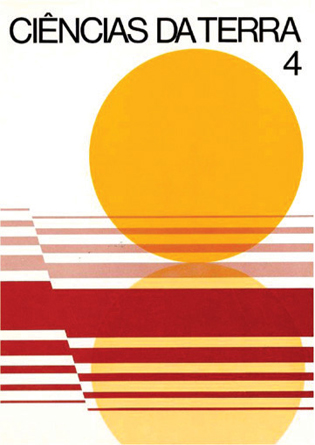Faunes ichthyologiques du Néogène supérieur d'Angola, leur âge, remarques sur le Pliocène marin en Afrique Australe
Abstract
Key-words: Fish fauna - Pliocène - Angola - Marine Pliocene - Southern Africa This note is concerned with lish remains from upper Neogene beds at Farol das Lagostas (and nearby quarry of SECIL) and Baia Farta. mainly recovered by the author in 1960. 1961. 1963 and 1967. For further data see ANTUNES. 1964. pp. 213-215. All the forms identilied until now (many of them for the first time) are show in tableau I. Smaller ones are poorly represented. I. benedeni is provisorily accepted as a distinct species. though it may correspond to a dental morphotype that does exist equally in the extant I. oxyrhinchus (see text): therefore I. benedeni from Farol das Lagostas may after all represent only some dental variations that really belong in the form described as I. cf. oxyrhinchus. The presence of Aprionodon and Hypoprion could not be ascertained: Procarcharodon megalodon, Carcharodon carcharias. Isurus benedeni, Galeocerdo cuvieri. and Carcharodon sp. I and sp. II are specially discussed. The whole fauna does not correspond either to a very shallow and coastal environment, or to deep waters far away from the coast. It clearly points out to warm waters: an acceptable model would be the fauna from the tropical Atlantic between Northern Angola and Senegal-Cape Verde. The age of this fauna was long regarded as Burdigalian. The data formerly presented (ANTUNES. 1963) that allowed us to ascribe a pliocene age to the uppermost Neogene beds of Farol das Lagostas (Neogene III. ANTUNES. 1964) are reviewed and developed in this paper. This view is corroborated by planctonic foraminifera and stratigraphical data which provide further evidence to proove the presence of miocene beds much younger than Burdigalian, and that some deposits previously correlated to this stage have instead a Plio-Pleistocene age. Fish fauna from Farol das Lagostas is very characteristic. with giant P. megalodon in association with C. carcharias (which predominates. and whose stratigraphical distribution is particularly discussed), and with other very advanced forms like the extant tiger shark. G. cuvieri, enormous I. benedeni, Hemipristis, and Carcharinus (whose size largely exceeds the maximum observed with miocene material). With the exception of P. megalodoll (extinct) all the other forms show very close affinities. or even identity with modem species. Comparisons with very similar faunas from some South African localities that may also have a Pliocene age are also presented.Downloads
Published
2008-07-30
Issue
Section
Articles






